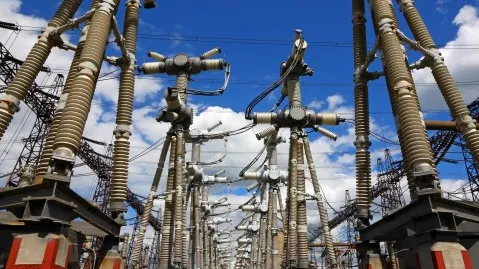
CLP Holdings records HK$4.9b loss in H1 2022
It saw a HK$3.9b loss in operating earnings.
HKEX-listed CLP Holdings saw an around HK$4.9b loss in the first half of 2022 as it included the HK$986m loss in the sale of a stake in Apraava Energy.
This is compared to the HK$4.6b profit in the same period last year, according to its financial statement.
CLP also logged a HK$3.8b loss in operating earnings despite a strong performance in Hong Kong and Mainland China as it saw around $HK8.7b loss in its operations in Australia.
Earnings in the Hong Kong energy business rose 5.4% year-on-year (YoY) to around HK$4.1m, whilst Mainland China saw a 28.9% YoY rise to around HK$1.2b.
The decline in the contribution from the energy business in Australia can be traced to the lower realised prices with energy hedging contracts entered before at prices much lower than the spot prices during the year, and low generation from Yallourn and Mouth Piper.
This is also due to the negative gross margin from energy derivative contract settlements during generation shortfalls, it said. Higher contribution from customer business was pushed by lower realised energy procurement costs “reflecting favourable hedging outcomes.”
Its business in Southeast Asia and Taiwan also posted a loss of HK$126m, whilst India’s earnings declined 11.7% YoY to HK$98m.
CLP Holdings Chairman Michael Kadoorie said they expect “to face changing and challenging dynamics” in the global energy industry in the second half of the year.
“We remain optimistic about opportunities in our core markets of Hong Kong and the GBA, and beyond, serving a growing need for electrification of carbon intensive industries and greater demand for energy solutions from customers,” he said.
“We at CLP want to continue to be a leader in solving energy challenges in an increasingly digital driven world. To this end, we have reorganised ourselves in the first half of this year, redefining our structure and how we work together to move towards a Utility of the Future,” he added.
Kadoories said the first half of the year saw a period of instability and uncertainty mainly due to the conflict in Ukraine which had an impact on global energy and commodity prices, and the pandemic.

















 Advertise
Advertise






